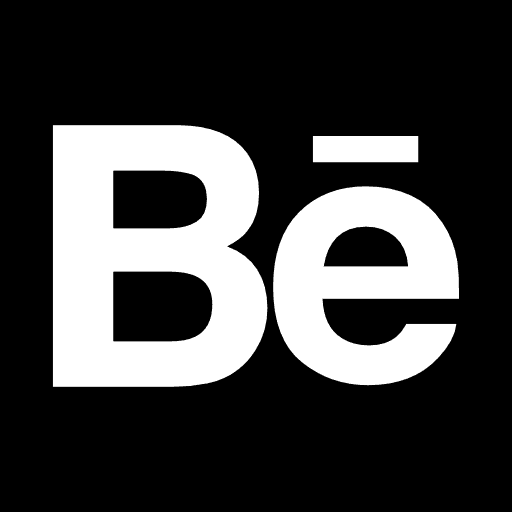My Role
Date
Timeline
We conducted STEPIC, SWOT, and Porter’s Five Forces analyses to identify industry shifts, economic forces, political influences, and technology trends. This helped us understand how other platforms like Upwork, Fiverr, Twine, LinkedIn and Behance position themselves and where Weve could find its niche. Our research revealed a strong opportunity in fostering genuine connections and continuous career development, rather than just transactional gigs.
SWOT Analysis helped us evaluate where current freelance platforms excel, where they fall short, and what emerging trends or challenges could impact our solution. The insights from this analysis directly informed our design direction and value proposition.
Our Value Pillars
Our core pillars are Equipped, Connected, and Engaged ensure freelancers have the tools, trust, and community they need to thrive. Together, they create a holistic ecosystem that supports career growth, secure work, and lasting industry impact.
Ideation & Prioritization
We facilitated multiple brainstorming sessions and used effort-impact matrices to prioritize ideas. After several rounds of internal critiques, we narrowed our focus to four core experiences:
AI-powered smart briefs
Freelancer career dashboard
Escrow-based payment assurance
A credibility-based event ecosystem
These ideas were tested through sketches and early mockups.
Prototypes
These early prototypes visualize key features of WEVE, project showcases with behind-the-scenes insights, milestone-based payment tracking, and personalized freelancer dashboards. They reflect our goal to create a transparent, growth-driven ecosystem for freelancers and hiring clients alike.
We conducted 12 user tests with a mix of freelancers and recruiters using methods like think-aloud testing and 'buy-a-feature' prioritization. We received constructive feedback that led to changes in the payment release system, visual hierarchy, and mentorship add-ons. This iterative feedback loop helped us de-risk assumptions and optimize usability before finalizing our concepts.
We prioritized usability testing around platform features, brand name, and willingness to pay guided by their business, user, and risk impact. This helped us validate core offerings like escrow services, networking tools, and pricing strategy with target users.
Testing Platform Features
Usability testing showed strong alignment between our features and user needs, validating our platform’s relevance and value. Positive feedback from both freelancers and clients suggests strong market demand and willingness to pay for premium offerings.
Our first round of usability testing helped validate the relevance and appeal of our platform through realistic user scenarios. Participants appreciated structured onboarding, project transparency, and career-building features, while offering insightful suggestions for profile enhancement, timeline clarity, and better communication tools—shaping the next phase of platform refinement.
Ideation & Prioritization
Testing platform features helped us prioritize features by mapping them based on user impact and implementation feasibility.
High-priority needs like a clear payment system, portfolio dashboards, and defined team roles emerged as MVP must-haves, while features like gamification and AI-driven recommendations were identified as long-term enhancements.
Testing Willingness to Pay
In our second round of usability testing, we explored users’ willingness to pay for premium features by simulating budget allocation with “Gig-Money.” Freelancers prioritized career growth and visibility, while clients valued hiring efficiency and project management support. These insights validated the revenue potential of features like advanced matching, exclusive access, and IP protection, helping us align our monetization strategy with user-perceived value.
This test validated the relevance of our premium features by revealing where users would invest. Freelancers prioritized skill-building and visibility, while clients focused on efficiency and project management. The strong demand for affordability and streamlined workflows reinforces that our core drivers align with user needs and offer clear direction for refining our monetization strategy.
Weve evolved into a full-stack service ecosystem supporting verified freelance engagements. The platform promotes career growth, simplifies onboarding, and builds trust between parties. By combining AI-assisted briefs, clear payment flows, and social recognition, Weve offers a human-centered marketplace that goes beyond one-time gigs. Our final prototype was shared through a pitch presentation and simulated walkthrough.
omkarux7@gmail.com
(912) 441-4629
Designed on figma hosted on framer





























